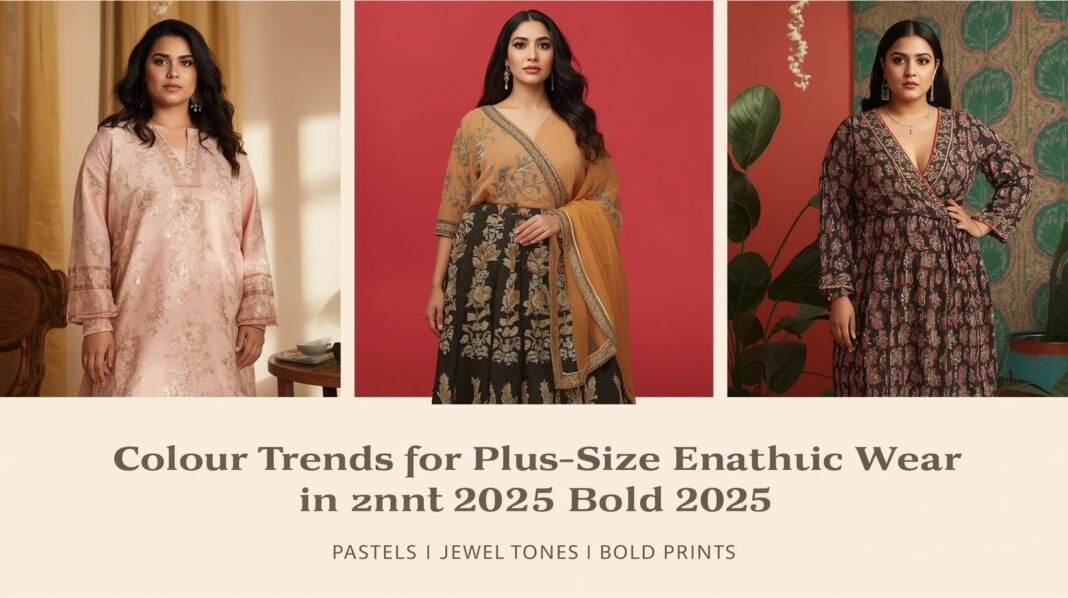The Lifecycle of a Trend
I have learned that trends can be expensive to follow. In terms of expense, we think immediately of marketing or the dedication of funds to new products related to what consumers are currently focused on. Businesses often feel the pressure to stay relevant, to be in the conversation, and budgets are carefully provided for trend-related activities. The challenge we face is that trends can just as easily suck time and money as they can drive sales for an organization. Because trends can be so fleeting, the time and resources wasted chasing trends can leave organizations with lost time, discarded inventory, and a loss of capitalization. Tracking trends can translate into high costs, which can vary in impact from loss on margin to loss on resources.
Consumer Behavior and Trend Affect
Trends will affect consumer behavior, and via trends direct spending and ultimately influence brand loyalty. Trends exist in every area of the marketplace. When I review the marketplace I see that consumers engage in high amounts of spending and loyalty, all based on the newest trends. Trends give all consumers a false sense of urgency to purchase. However, most will pay a high cost for trendy access. Trends may initiate sales but can throw disengagement into a long term future if your customer only sees the brand for a moment and then become uninterested. After a while, the chase to catch the trend will eventually alienate loyal customers who will see the brand as frivolous and not worthy of long-term loyalty.
Finding Authenticity Within Trends
Through my professional experiences, I have found that authenticity promotes long-term loyalty, and will always trump trendy choices that risk losing brand integrity or identity. Brands that remain true to their core beliefs or values and project a consistent brand are more likely to have declared customer loyalty. Repeatedly making trendy choices can undermind a brand or its identity integrity. When brands change their beliefs or values too often to fall in-line with trend, they simply risk losing the people who were attracted to them for the very reason of being authentic. It is important to maintain a balance of fresh and innovative way of thinking, but remain cognizant of the brand’s identity. The key to keeping up in the fast-paced world of retail is to remain being true to esssential beliefs and keeping identity intact.
The Ecological Impacts of Fast Fashion Trends
The discussion of trends cannot be complete without recognizing the ecological impacts of fast fashion trends. The fast fashion industry generates a lot of textile waste, with millions of tons of discarded clothing filling landfills annually. In my past observations, the manufacturing processes which fast fashion brands use usually includes damaging ecosystems and taking away from natural resources, therefore negatively impacting the environment for the future. This unsustainable cycle has an impact on our planet and on brands that focus on short-term outcomes to satisfy their consumers. The future of following trends from fast fashion brands could be detrimental to a brand’s reputation and its viability in the marketplace, especially now as consumers are more aware of eco-friendly practices.
Tactics for Mindful Trend Engagement
It is my suggestion to embrace tactics that encourage mindful trend engagement as a way to manage complexity. When looking at trends, the potential long-term value and relevance to your business should be adequately assessed before committing resource allocation. By being more thoughtful in the process of making decisions around how to engage with trends, brands can bypass some of the knee-jerk and capricious responsiveness that often accompanies engagement with trends. When brands can prioritize authentic engagement over trends about trending, they can create a more viable brand identity over the long haul. And, beyond that, there are significant benefits to connecting with the trends that form brand connections with audiences by avoiding the risks characteristic of short-term trends. Mindful engagement holds the potential to cultivate diverse connections with their audience, adding meaning, while simultaneously minimizing the potentiality of questioned engagement. Of course, greater brand loyalty ensues, but it also provides businesses with a fighting chance in today’s expanded and rapidly changing marketplace.




